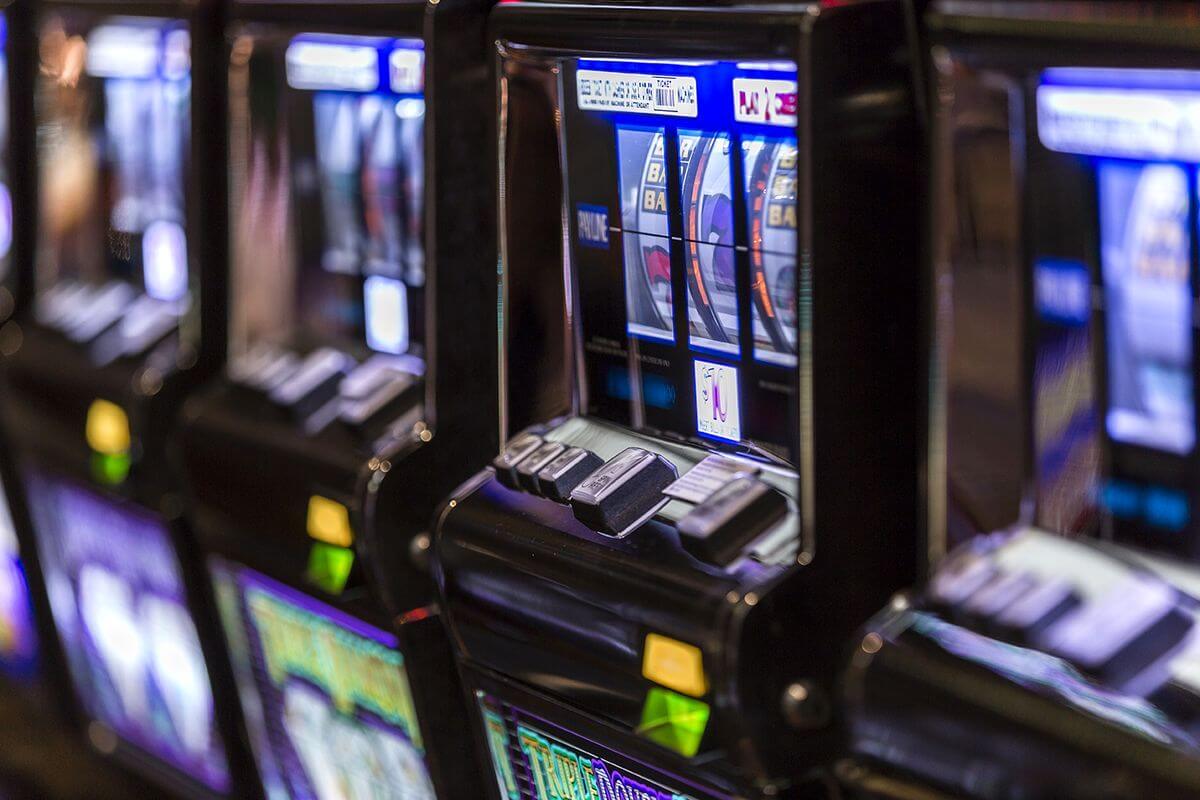
Within the lively and exciting world of gaming establishments, wherein luck and tactics intertwine, hues and design play a key role in attracting gamblers. As soon as visitors step into a casino or log into a gaming website, they are immersed in a visual feast that captures their attention and lures them to explore more. Vivid colors, captivating graphics, and innovative layouts are carefully crafted to create an atmosphere of excitement and expectation, ultimately improving the gaming experience.
While players navigate through the dynamic landscape of casino games, they encounter a variety of designs that not only serve visual purposes but also affect emotions and choices. Hues like red and yellow symbolize riches and fortune, while soothing blues and emeralds can create a more relaxed environment. Grasping how these elements work together allows casinos to create an inviting and stimulating atmosphere that encourages players to interact with the games, spend additional time at the tables, and increase their overall enjoyment.
The Science of Hue in Gambling Games
Hue plays a critical role in the design of casino games, influencing players’ emotional states and behaviors. Bright and vibrant shades, such as scarlet and yellow, are often used to incite thrill and attract focus. These hues create a sense urgency and dynamism, encouraging players to involve themselves more readily with the activity. By intentionally selecting hues, developers aim to evoke feelings of satisfaction and excitement, which can enhance the complete player experience.
Various hues also have psychological meanings that can influence how players perceive their odds of victory. For case, green is often associated with good fortune and wealth, making it a popular choice in games like the roulette wheel and poker setups. This connection can cause participants to feel more positive and assured in their gameplay, ultimately encouraging them to bet more. Understanding these associations allows game developers to craft environments that enhance player happiness and loyalty.
Furthermore, the layout of gambling game interfaces often uses blended colors and opposing hues to direct player actions. For example, winning results may be accentuated with striking, differing colors, creating a visual reward. This method supports positive outcomes and supports repeated participation. By exploiting the psychology of color, gambling establishments can develop games that not only draw players but also maintain them interested and committed in their gaming experience.
Creative Features that Attract Gamers
The aesthetic appeal of gambling games is largely influenced by the implementation of bold colors. Bright and contrasting colors are deliberately chosen to create an appealing atmosphere that grabs attention. For example, reds and golds often signify good fortune and prosperity, which is why they are common in the palettes of gaming machines and table surfaces. These colors not only attract players in, but they also evoke emotions related to excitement and expectation, enhancing the total gaming experience.
In addition to color, the design and layout of gambling games play a crucial role in captivating players. Games are designed to be user-friendly, ensuring that players can quickly understand the rules and gameplay. User-friendly interfaces, along with captivating graphics and motion, help maintain player interest and encourage extended play sessions. The tactile elements, such as the feel of the buttons and the sounds of the games, also add to a comprehensive sensory experience that keeps players engaged.
In conclusion, conceptual elements in gaming design can greatly influence player choice. Many casino games are inspired by media, fairy tales, or exploration motifs, incorporating symbols and characters that resonate with players. These themes create a sense of engagement and connection, making each game feel unique. When players feel a bond to the theme, they are more likely to choose that game over others, leading to higher participation and excitement within the casino environment.
Case Studies: Effective Gambling Game Designs
One noteworthy example of effective casino game design is the acclaimed slot machine series based around blockbuster movies. Games such as those based on the Wizard of Oz and Game of thrones utilize bright colors and top-notch graphics to engage players in recognizable narratives. The employment of moving visuals and engaging sound effects takes the focus of players, building an affective connection to the theme. This tactic not only fosters longer play but also boosts the overall gaming experience, yielding increased player retention.
Another notable case is the application of the psychology of color in table games like 21 and roulette. casino en ligne Casinos often create these games with deep reds and greens, colors traditionally associated with luck and wealth. For instance, the green felt on a 21 table provides a relaxing effect, while the crimson accents in the wheel invite excitement. This thoughtful use of color helps to create an inviting atmosphere that encourages players to participate, addressing their psychological impulses and boosting their enjoyment.
Finally, social casino games that incorporate social features and bright, colorful designs have achieved remarkable success in engaging players. Games like Zynga Poker and Slot-O-Mania leverage bright colors and playful animations to forge an inviting online environment. The integration of leaderboards, community sharing options, and in-game rewards fosters competition and community, pulling players in for longer sessions. Such designs merely make the games visually enticing but also underscore social interaction, a vital factor in player retention and engagement within digital casino environments.